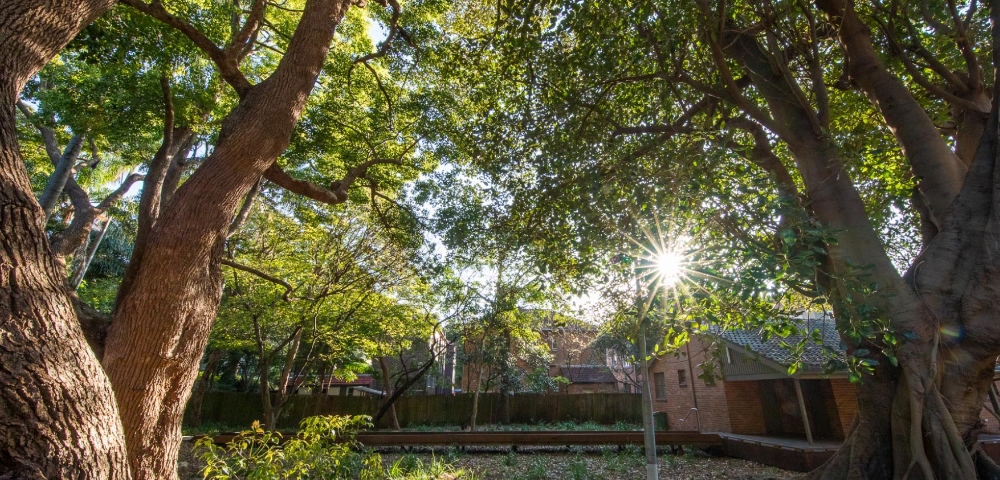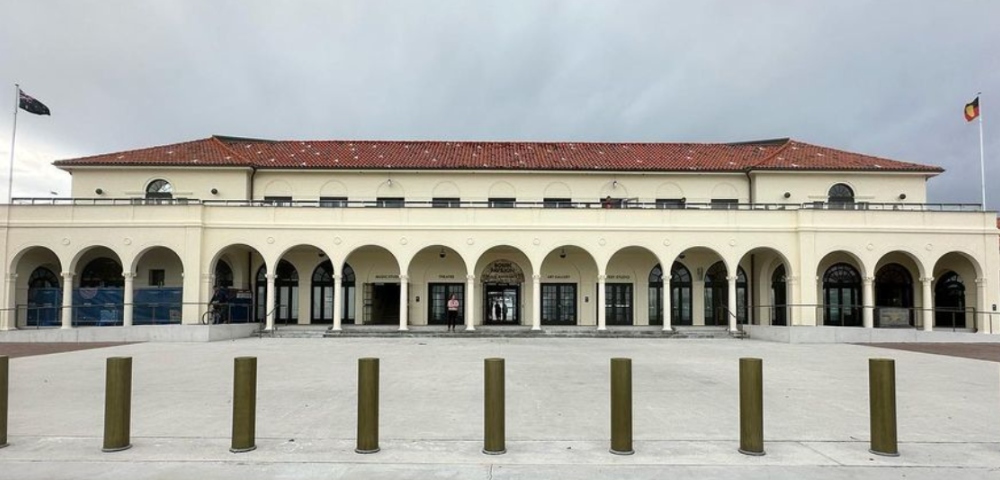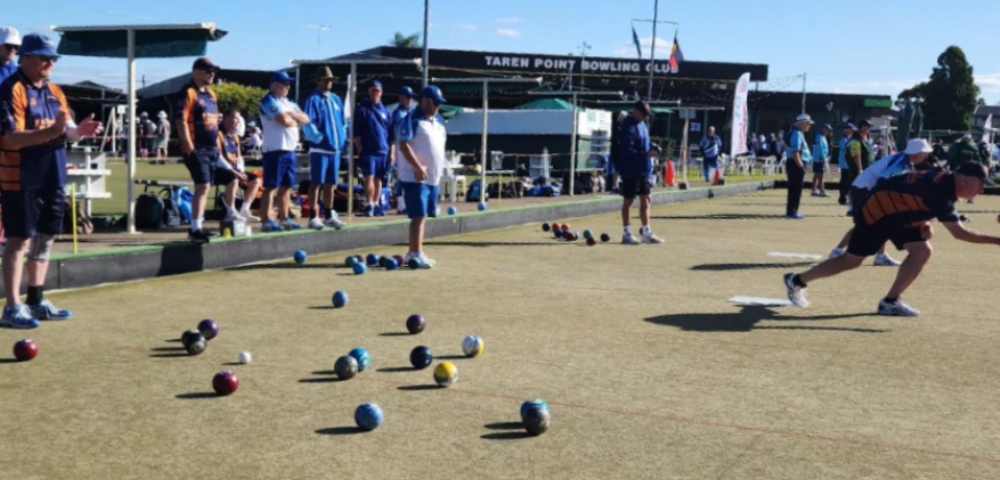
Drone rangers save lives

BY JADE MORELLINI
The Northern Beaches Council have implemented a new initiative to make their beaches safer, using two Westpac Little Ripper drones to aid lifesavers with saving struggling swimmers.
In a partnership between the Northern Beaches Council, The Australian Lifeguard Service and Westpac Little Ripper, these drones will have the ability to drop floatable devices to swimmers in a matter of seconds, relay warnings and instructions, and it has new shark detecting technology.
Mayor of Northern Beaches Council, Michael Regan, said, “While it is early days in the trial, the Little Ripper drone technology is proving to be a useful additional tool for lifesavers and lifeguards patrolling our beaches.”
These roving drones will be located between Freshwater and South Curl Curl beaches and another at Bilgola, thanks to the generous donation of benefactor Marcus Blackmore AM.
With the flying laws tight for recreational flyers, some are concerned about their privacy at beaches, especially with the implementation of drones in an area where many are exposed.
Frequent beachgoer Angelica Watson said, “Is flying drones at beaches legal? I think the initiative is great, but it might encourage other drone flyers to fly their drones at the beach and I’m not comfortable with that and I’m sure I speak for others too, especially considering pretty much everyone is in nothing but their swimmers.”
According to the Australian Government Civil Aviation Safety Authority (C.A.S.A), drones must not fly within 30 metres of people, unless the people are essential to flying the drone or have given consent.
On 29 September 2016 the amended CASR Part 101 (Civil Aviation Safety Regulation 1998) came into effect. Part 101 was amended primarily in response to the rapid expansion in the use of remotely piloted aircraft systems (RPAS), also commonly known as drones or unmanned aircraft.
An important change in the regulation is the ability for an approved operator who holds a Remote Operator’s Certificate – ReOC (previously Unmanned Operator’s Certificate or – UOC) to operate between 30 and 15 metres of a person who has given consent.
Beachgoer Jacob Navan said, “I saw a drone flying at Freshwater Beach, it was pretty high up but I’m not too sure if it was the Little Ripper or just someone flying for fun.”
Mayor Michael Regan said, “In relation to privacy, the drones are being trialled over the ocean only to help protect swimmers and people fishing from rocks and there has been minimal to no impact on the privacy of individuals. It is illegal for private individuals without appropriate authorisation from the Civil Aviation Safety Authority (CASA) to operate drones over populated areas, such as beaches.”
On top of this, recreational flyers may be deterred from flying at the beach due to fear of interrupting the official council initiative.
Experienced drone flyer, Brendan Sit said, “I’d be more worried as a recreational flier… I wouldn’t want to interfere with official ops. This is the future, I work in IT and this is classic digital transformation. I love what the council is trying to pioneer here.”
Steven Pearce from Australian Lifeguard Service said lifeguards were excited to have another potentially lifesaving tool on hand over summer.
“This really is an exciting opportunity to make use of 21st century technology to enhance our traditional beach services,” he said.
“In those emergency situations where a child is caught in a rip or a rock fisher washed over the shelf, the Westpac Little Ripper could literally be the difference between life and death while lifeguards get to the location or other lifesaving services arrive to extract the person from the water.”









